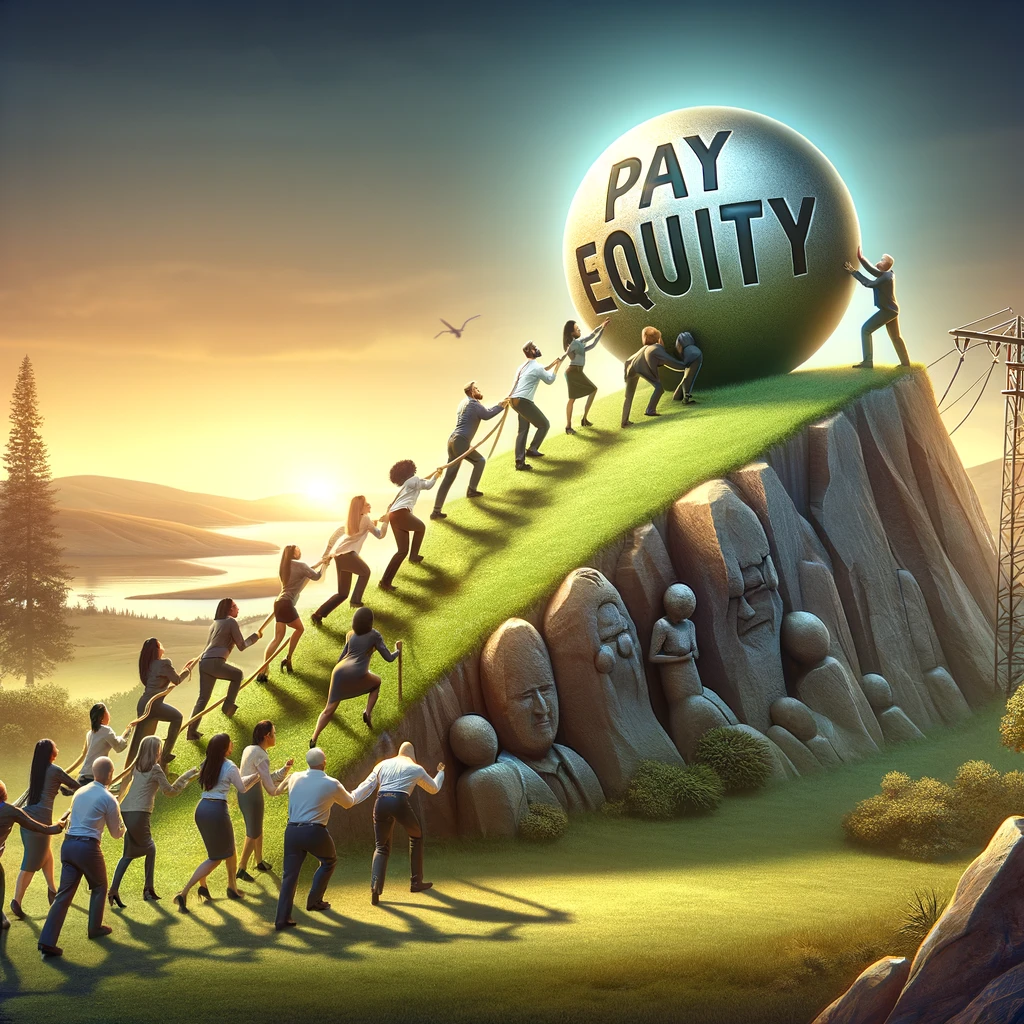In the ever-evolving narrative of the modern workforce, the wage gap persists as a stark reminder of systemic inequalities. This disparity, cutting across gender, race, and age, serves as a critical focus for understanding the dynamics of pay inequality. Despite awareness and some progress, the numbers reveal a troubling landscape where not everyone is valued equally for their contributions. Here, we explore 15 startling statistics that shed light on the complexities of the wage gap, revealing a hidden truth that demands attention and action.
1. Gender Wage Gap: More Than Just Numbers

Women earn roughly 82 cents for every dollar earned by men, a statistic that has become a rallying cry for gender equality activists. This gap widens for women of color, with Latina and Black women facing even steeper pay disparities. In high-paying STEM fields, the gap is particularly pronounced, undermining efforts to promote diversity and inclusion. Such statistics are not just figures but a reflection of deep-rooted societal and institutional biases. They signal an urgent need for a multi-faceted approach to ensure equity and fairness. These numbers are a wake-up call, highlighting the need for continuous scrutiny and systemic change.
2. Racial Pay Inequality: A Deeper Look

African American and Hispanic workers earn 74 cents and 73 cents, respectively, for every dollar earned by their white counterparts. This gap is persistent and prevalent across various industries, from tech to healthcare. The racial wage gap not only affects individuals but also has broader economic implications, contributing to generational wealth disparities. Factors like discrimination, access to education, and networking opportunities play a significant role in perpetuating this gap. Efforts to address these disparities must be intentional, targeting the root causes of racial pay inequality. These statistics are critical for informing policies and practices aimed at creating a more equitable workforce.
3. Age and Experience: A Surprising Twist

Contrary to the expectation that experience leads to higher pay, older women, especially those above 50, face significant wage gaps. Ageism combined with gender bias creates a double whammy of pay disparity, affecting career longevity and retirement savings. In many cases, the expertise and experience of older employees are undervalued, leading to a concerning trend of under-compensation. This demographic is often overlooked in discussions about pay equality, yet it’s crucial for understanding the full spectrum of wage disparity. Advocating for age-inclusive policies is essential to bridge this gap and recognize the value of seasoned professionals. These statistics underline the need for a holistic approach to pay equality, one that encompasses all ages and experiences.
4. Bridging the Gap: Towards Pay Equity

Despite the bleak statistics, there is a growing momentum towards achieving pay equity. Legislative actions, like the implementation of equal pay laws and salary transparency requirements, are beginning to make a dent in the wage gap. Companies are also facing increased pressure from consumers and activists to address pay disparities and establish fair compensation practices. Technological advancements, including AI-driven analytics, offer new ways to assess and rectify wage inequalities. The statistics of the wage gap are not just indicators of a problem but also catalysts for change, driving a collective movement towards a fairer workplace. As society evolves, so too does the urgency and methods for addressing pay inequality.

Latrice is a dedicated professional with a rich background in social work, complemented by an Associate Degree in the field. Her journey has been uniquely shaped by the rewarding experience of being a stay-at-home mom to her two children, aged 13 and 5. This role has not only been a testament to her commitment to family but has also provided her with invaluable life lessons and insights.














